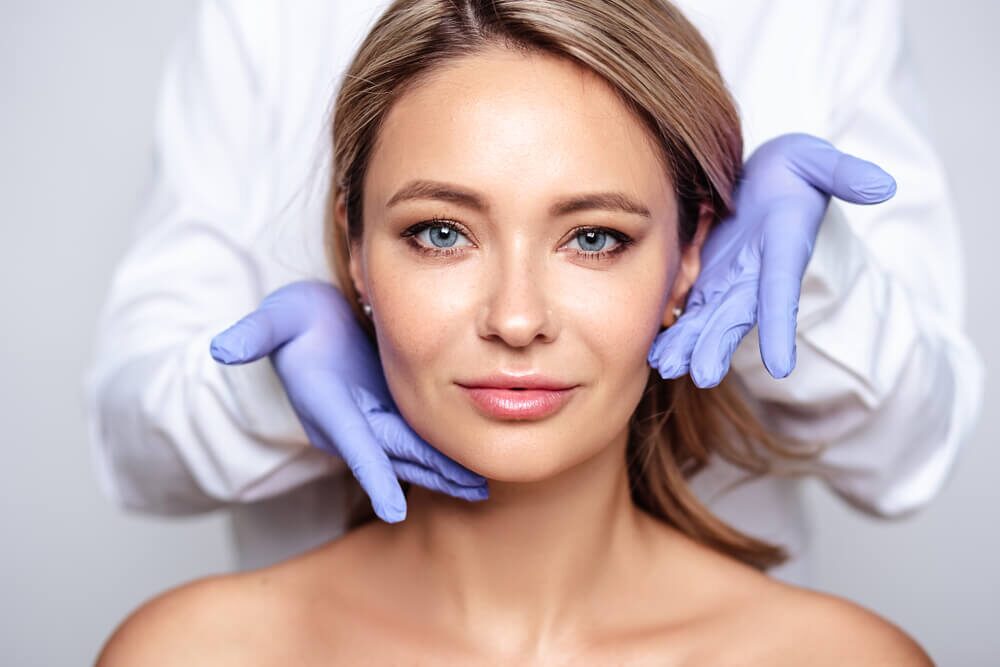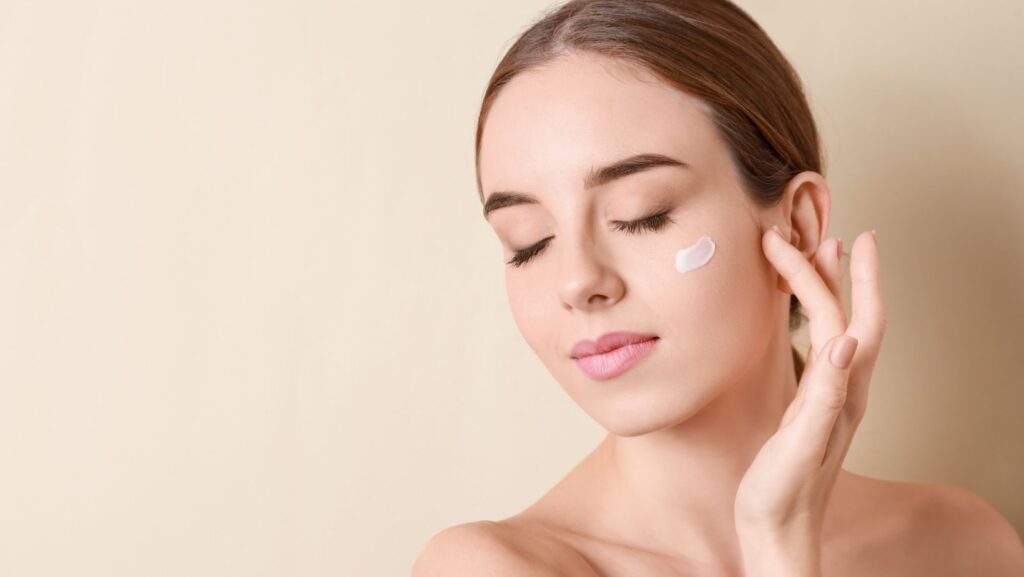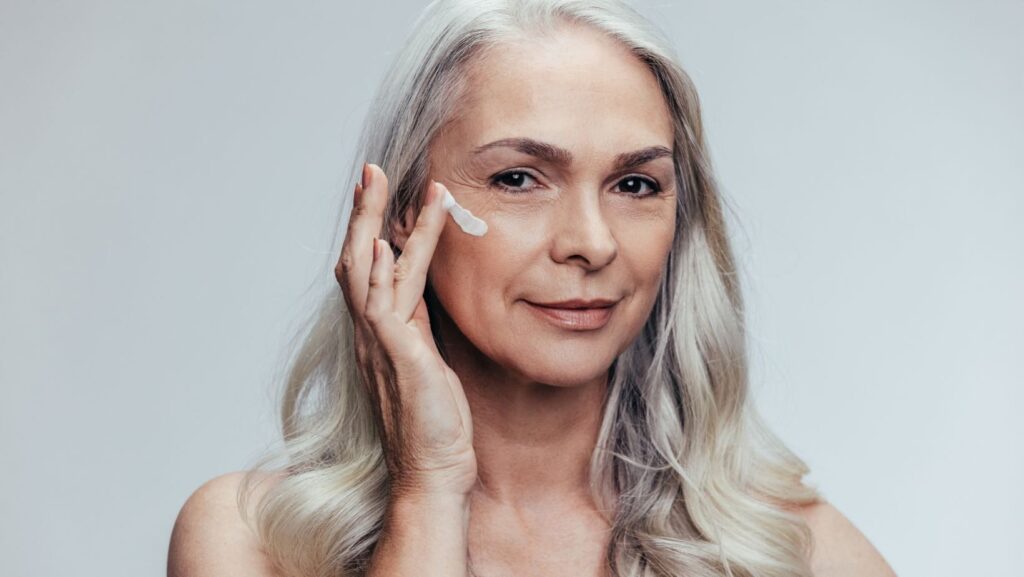Discover the benefits, science, and procedure of polynucleotide skin treatments. Learn how this innovative therapy boosts collagen, hydration, and skin rejuvenation.
also read:https://www.thehealthyprimateorgs.com/typical-health-problems-in-personal-injury-lawsuits/
Introduction: The Rise of Polynucleotide-Based Skincare
Modern skincare has seen a wave of innovation in recent years, and one of the most talked-about advancements is polynucleotide skin treatments. Once confined to medical use, these treatments are now gaining popularity in aesthetic dermatology due to their remarkable ability to rejuvenate, heal, and enhance the skin’s natural health.
But what exactly are polynucleotides? How do they work? And most importantly, how can they help you achieve youthful, radiant skin?
In this guide, we are exploring polynucleotide skin treatments for enhanced skin health, uncovering the science behind the technique, its benefits, and whether it’s the right choice for you.
What Are Polynucleotides?
Polynucleotides are natural biopolymers made up of nucleotide chains—the same molecules that form DNA and RNA. These molecules play a vital role in cellular function, regeneration, and communication.

In skincare, polynucleotides are extracted and purified from salmon DNA (a source known for its compatibility with human skin) and are used in injectable or topical forms. When applied to the skin, they help boost collagen production, improve hydration, and stimulate cell repair.
How Polynucleotide Treatments Work
The mechanism behind polynucleotide treatments is based on their regenerative power. Once introduced into the skin, these molecules:
- Enhance tissue repair by stimulating fibroblast activity.
- Improve hydration by encouraging the retention of moisture in the dermis.
- Promote collagen and elastin synthesis, leading to firmer and smoother skin.
- Reduce oxidative stress and inflammation, which contributes to aging and dullness.
Essentially, the treatment enhances the skin’s environment from within, helping it to rejuvenate naturally.
Benefits of Polynucleotide Skin Treatments

1. Skin Rejuvenation and Anti-Aging
Polynucleotide injections help reduce fine lines, wrinkles, and sagging by stimulating collagen and elastin fibers, restoring elasticity and firmness.
2. Deep Hydration
Unlike surface-level moisturizers, polynucleotides penetrate deep into the skin, increasing dermal hydration from within. This makes them ideal for treating dry or damaged skin.
3. Improves Skin Texture and Tone
With regular treatment, patients report improved skin smoothness, better tone, and a natural glow. The treatment evens out skin pigmentation and reduces redness.
4. Safe for Sensitive and Damaged Skin
Due to their biocompatibility and natural origin, polynucleotide treatments are considered safe even for sensitive, acne-prone, or post-procedure skin.
Popular Treatment Areas
Polynucleotide treatments can be applied to various areas of the body, not just the face. Here are some commonly targeted regions:
| Area | Benefits |
|---|---|
| Face | Wrinkle reduction, hydration, and glow |
| Neck | Tightening and smoothing of crepey skin |
| Hands | Revitalization and pigmentation improvement |
| Under Eyes | Reduces dark circles and fine lines |
| Scalp | Encourages hair growth and improves scalp health |
Procedure: What to Expect During a Polynucleotide Treatment
A typical polynucleotide skin treatment involves microinjections administered by a licensed dermatologist or aesthetic practitioner.
Step-by-step process:
- Consultation: The skin is assessed, and a personalized treatment plan is discussed.
- Preparation: The treatment area is cleansed, and a topical numbing cream may be applied.
- Injection: Polynucleotide solution is injected into the dermal layers using fine needles.
- Post-care: A soothing mask or serum is applied post-treatment to reduce redness or swelling.
The treatment usually takes about 30 to 45 minutes with minimal downtime. Some mild swelling or bruising may occur but typically resolves in a few days.
How Many Sessions Are Needed?
The number of sessions required depends on your skin goals and condition. Typically:
- Initial course: 3 sessions spaced 2–4 weeks apart
- Maintenance: 1 session every 3–6 months
Improvements are often noticeable after the first or second session, with full results visible in a few weeks.
Are There Any Side Effects?
Polynucleotide treatments are generally well-tolerated. However, like any injectable therapy, minor side effects may occur:
- Redness or swelling at the injection site
- Bruising
- Temporary sensitivity
These effects are short-lived and manageable with proper post-treatment care.
Who Should Consider Polynucleotide Treatments?

This treatment is suitable for:
- Individuals experiencing early signs of aging
- People with dry or sensitive skin
- Those seeking non-surgical skin rejuvenation
- Patients recovering from laser treatments, microneedling, or chemical peels
However, it may not be ideal for pregnant or breastfeeding women or those with certain autoimmune conditions. Always consult with a licensed provider.
Polynucleotide vs. Other Skin Rejuvenation Treatments
| Feature | Polynucleotide Therapy | Hyaluronic Acid Fillers | PRP (Platelet-Rich Plasma) |
|---|---|---|---|
| Source | Salmon DNA | Synthetic/animal-based HA | Patient’s own blood |
| Action | Regenerates skin cells | Adds volume | Stimulates healing using growth factors |
| Best For | Repairing, hydrating, rejuvenating | Lifting and contouring | Texture improvement |
| Longevity | 6–12 months | 6–18 months | 4–6 months |
Polynucleotide treatments are unique in that they repair and regenerate the skin at a cellular level, rather than simply filling wrinkles or boosting volume.
FAQs About Polynucleotide Skin Treatments
1. Can polynucleotide treatments be combined with other procedures?
Yes, they work well with microneedling, laser resurfacing, and PRP therapy to enhance results.
2. Is this treatment suitable for dark skin tones?
Absolutely. Polynucleotide treatments are non-ablative and safe for all skin types, including darker complexions.
3. How long do results last?
Results can last between 6 to 12 months, with maintenance sessions recommended.
4. Is there a specific age to start polynucleotide treatments?
There’s no fixed age. Anyone experiencing signs of aging or poor skin health can benefit, often beginning in their 30s or 40s.
5. Can it help with acne scars?
Yes, the regenerative effect helps improve skin texture and scarring, including post-acne marks.
6. Are the results instant?
You may notice slight improvement after the first session, but optimal results appear after several weeks.
7. Is there any risk of allergic reactions?
Reactions are rare since polynucleotides are purified and biocompatible, but consult your doctor if you have a fish allergy.
8. How do I prepare for my session?
Avoid blood-thinning medications and alcohol for 24 hours. Stay hydrated and follow your provider’s instructions.
9. Can men benefit from polynucleotide treatments?
Yes, men benefit equally from the skin-enhancing and anti-aging properties of these treatments.
10. Is there any downtime?
Minimal. Most people return to regular activities within a day or two, with only mild redness or swelling.
Final Thoughts: Why Polynucleotide Treatments Are the Future of Skin Rejuvenation
As we’ve explored in this detailed guide, polynucleotide skin treatments for enhanced skin health offer a powerful, non-invasive way to achieve radiant, hydrated, and youthful skin. Backed by science and favored by dermatologists, these treatments are safe, effective, and suitable for a wide range of skin types and concerns.
Whether you’re battling early signs of aging or simply want to boost your skin’s natural vitality, polynucleotide therapy provides a modern solution that works from the inside out. With proper care and a tailored approach, it can become a long-term ally in your skincare journey.
also read: https://www.thehealthyprimateorgs.com/the-importance-of-timely-medical-treatment-in-injury-cases/